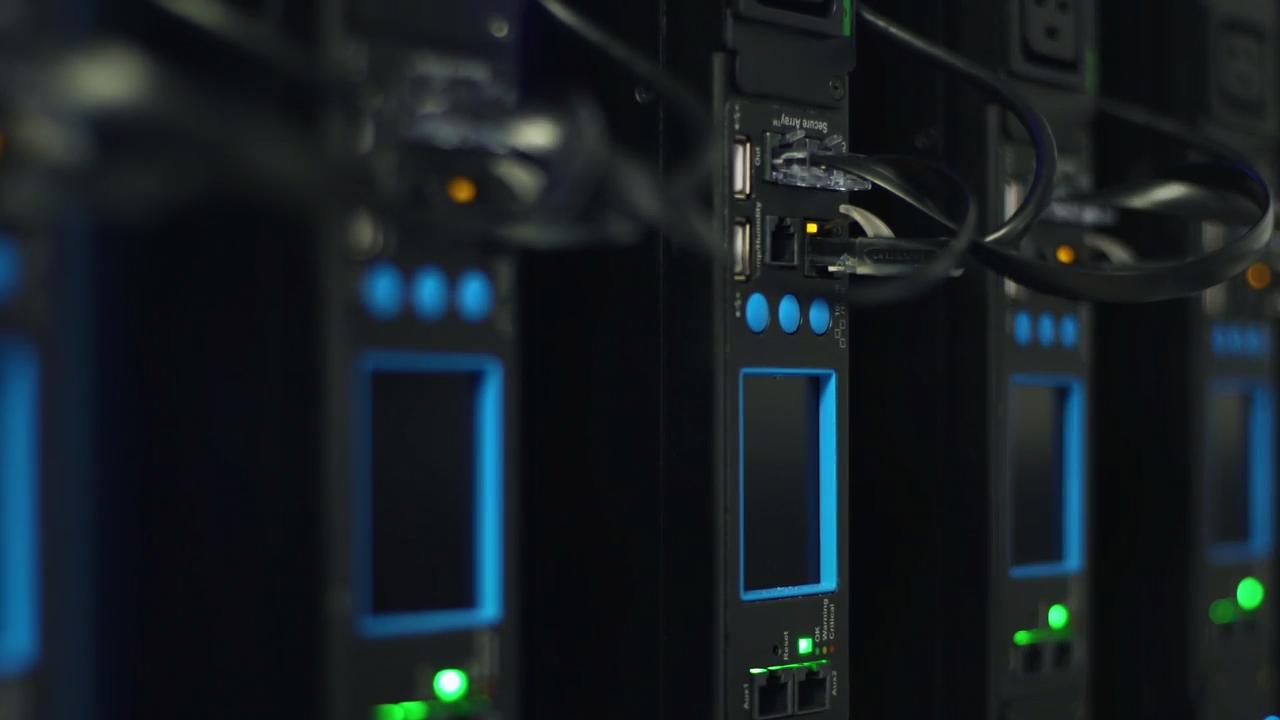How Many PDU Outlets Do You Need, and What Type? Find Out.
January 24, 2019
With the rise in processing being done at every cabinet, strong attention needs to be paid to the cabinet power distribution strategy so that the highest level of availability and efficiency are achieved with minimum management overhead. That includes understanding and selecting adequate outlet types for your intelligent power distribution unit (PDU).
In most data centers, high-density cabinets consist of the following configurations:
- Rack full of 1U/2U servers in taller cabinets - These cabinets would typically have a high number of lower amperage servers that are powered through IEC 320 C14 connectors. For these deployments, the appropriate rack PDU should provide a high quantity of IEC 320 C13 outlets. Today, there are few providers of intelligent PDUs that features as many as 60 C13 outlets within a standard form factor to support 45U or taller cabinets.
- Rack filled with a few blade chassis or data center-level modular network switches - These cabinets would typically have fewer pieces of equipment, all being powered through multiple power supplies, each utilizing one or several C20 connectors. For these deployments, intelligent rack PDUs that have a high number of C19 outlets are required.
In an ideal scenario, the decision about the types of outlets and densities to be supported on an intelligent PDU should be made after the IT equipment to be deployed has been selected. However, in the event the decision about the PDU has to be made earlier, it is advised to select an intelligent PDU that provides a good mix of C13 and C19 outlets. Having a higher count of C19 outlets will always be beneficial because these outlets power both equipment with a C14 or C20 connector. On the other hand, a C13 outlet cannot be used to power a higher amperage C20 connector. Again, the power supplies in smaller rack-mount equipment such as 1U/2U servers, typically use the C14/C13 connection, and the power supplies in larger blade and modular switch equipment typically use the higher amperage C19/C20 connection.
Irrespective of the outlet type being C13, C19 or the mix of both, the outlets should provide a locking feature that prevents accidental disconnection of IT equipment. To save on overall upfront costs of the entire solution, locking outlets should be able to support standard power cords. If you select a model that uses proprietary power cords, you will have the added expense of sourcing a proprietary power cord for each powered device.
To learn more about considerations for intelligent power management within high-density deployments, read a white paper and watch the video below.

Posted by Brittany Mangan, Digital Content Specialist at 1/24/2019